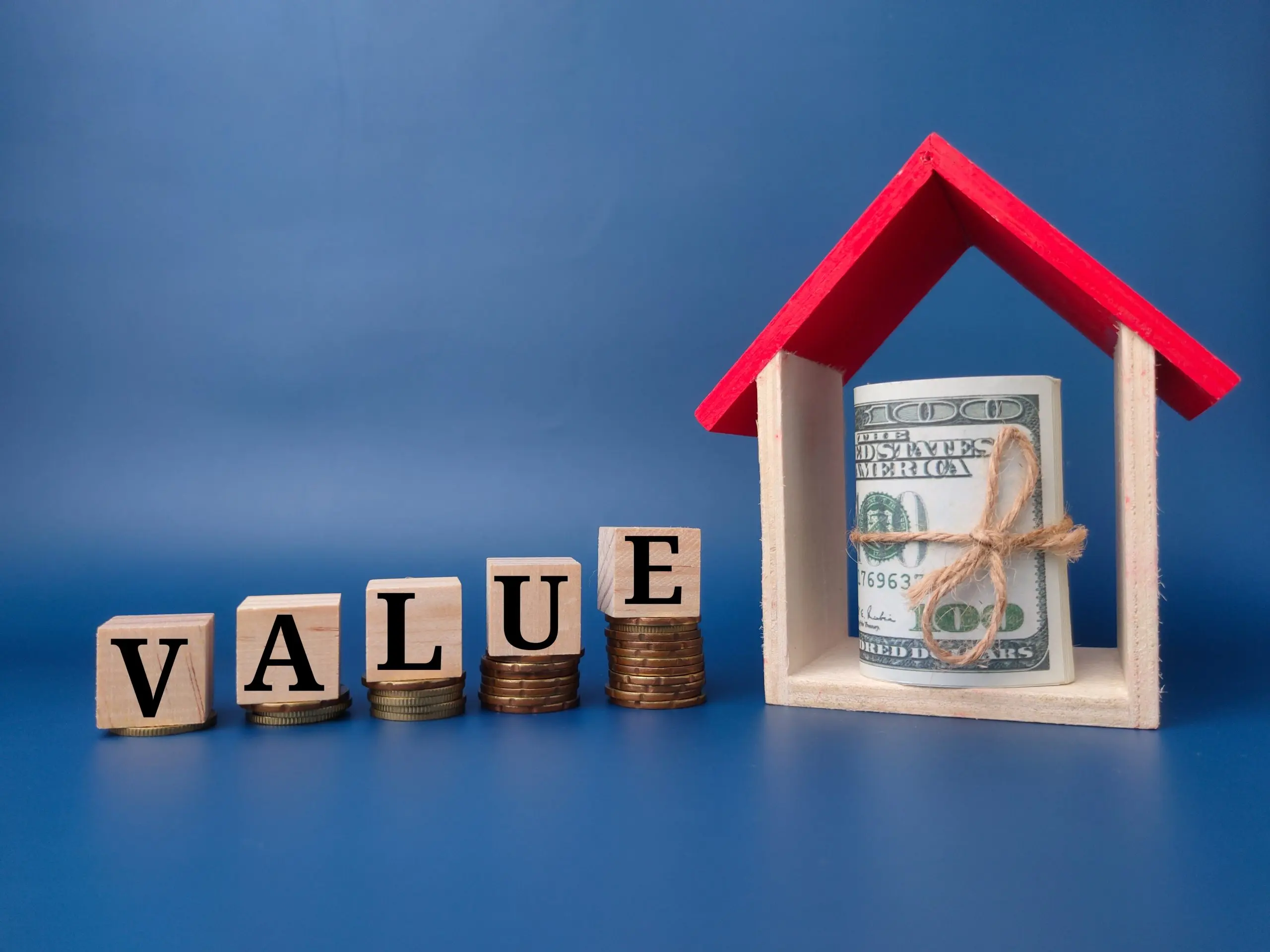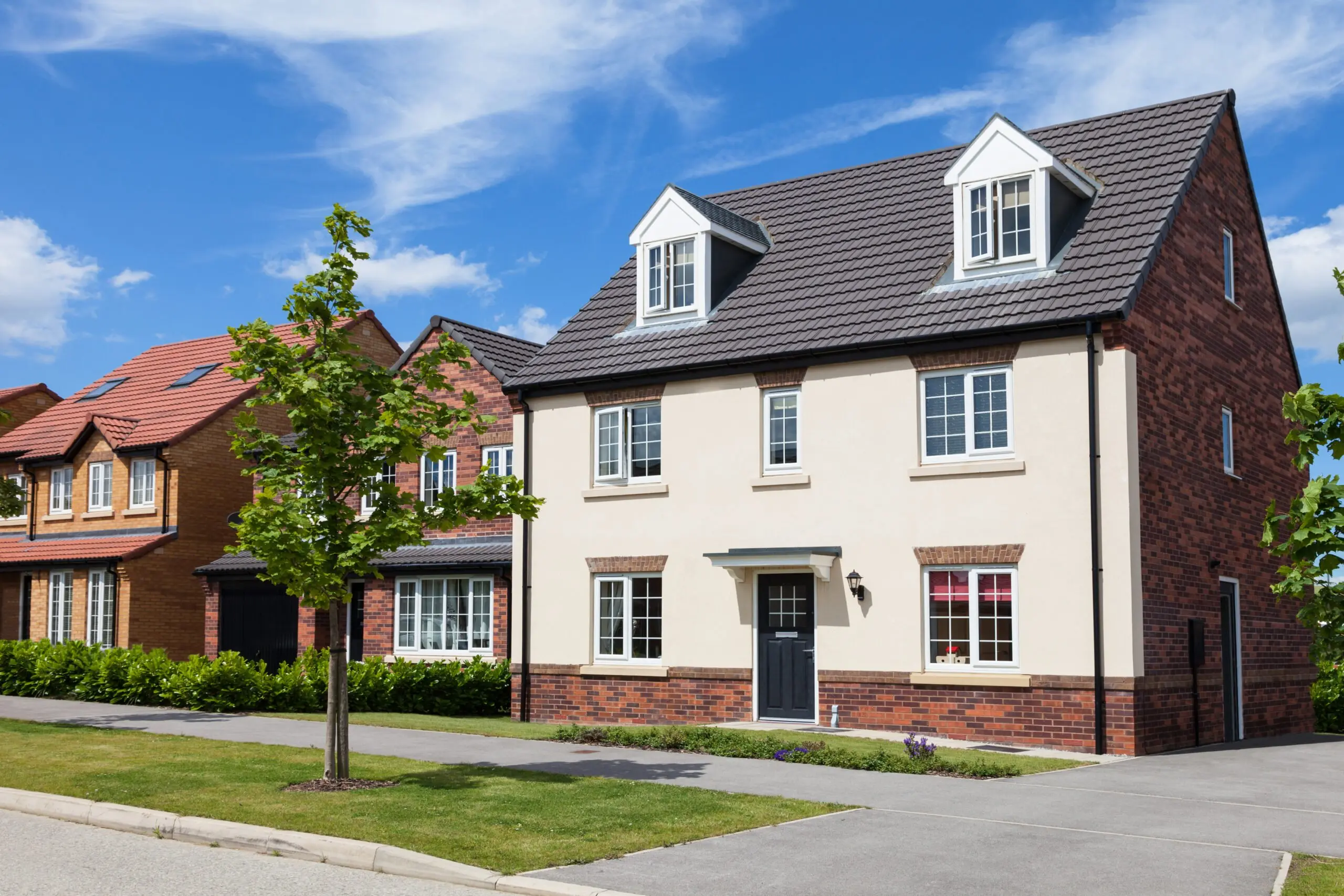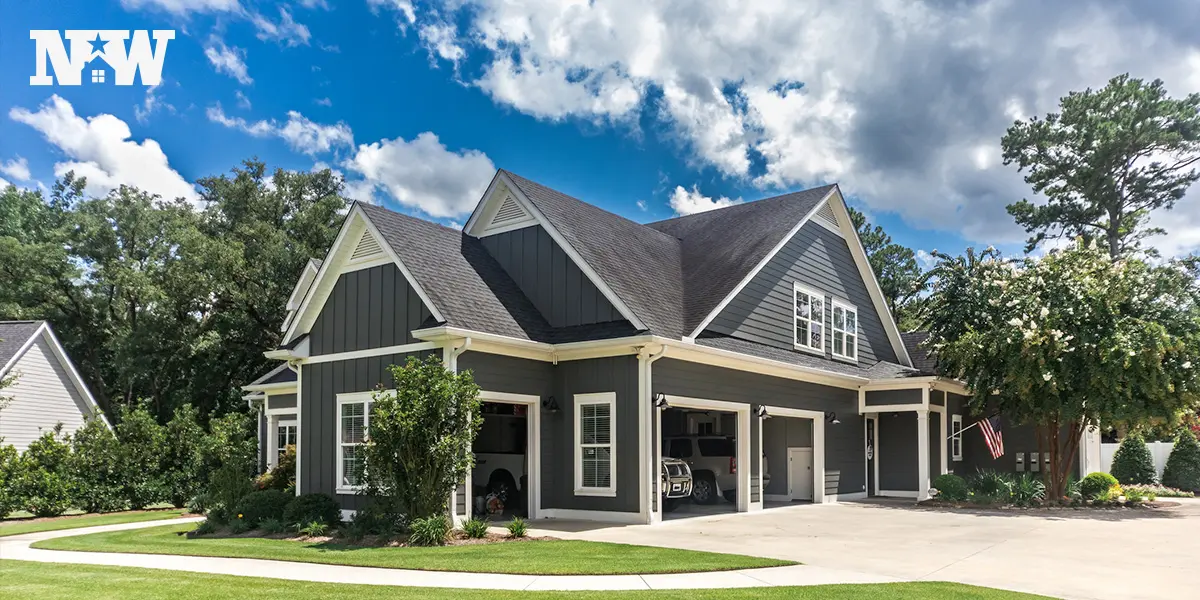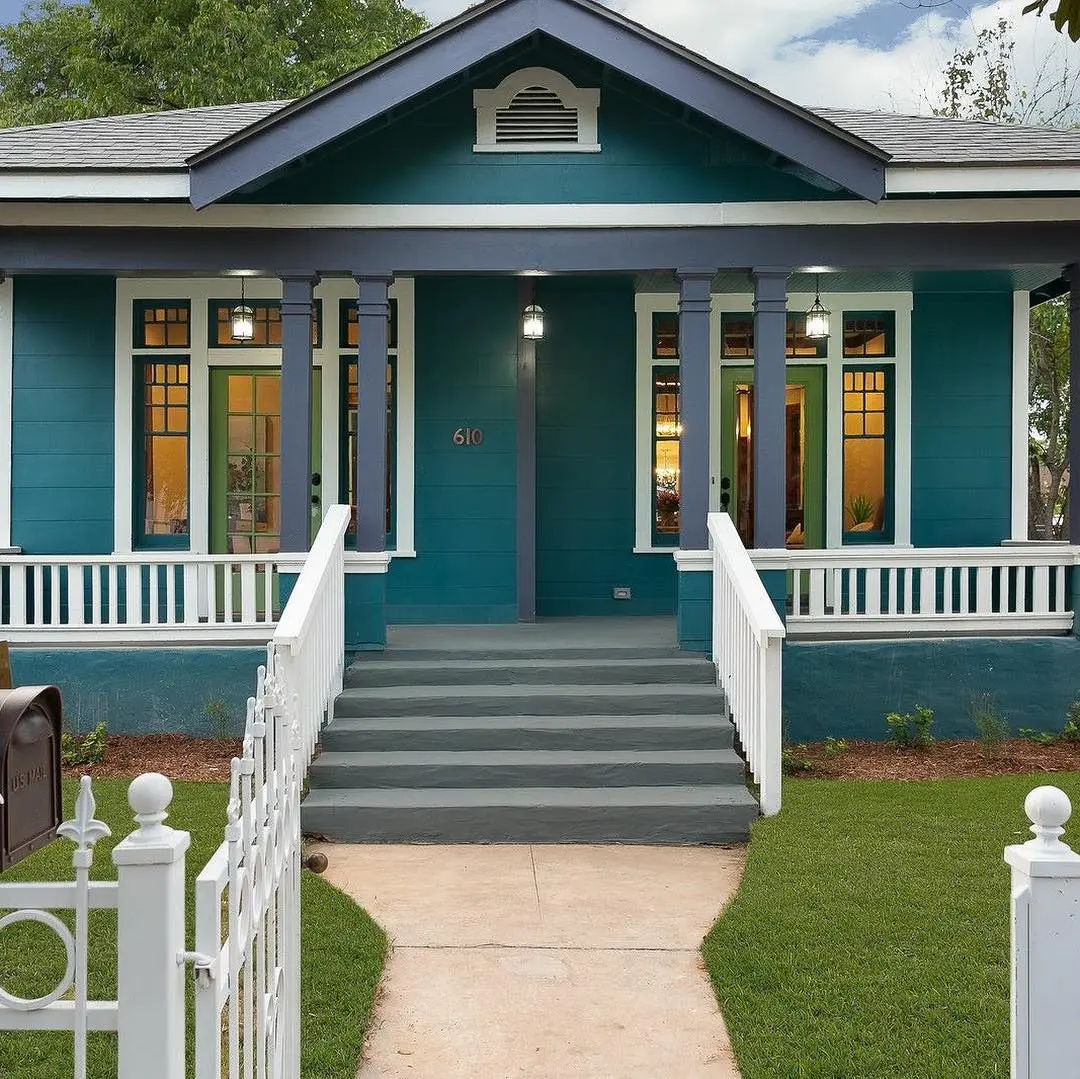As you learn the ins and outs of real estate investing, you may come across the phrase “value-added property” and wonder what it means. Or maybe you already know what they are, but you don’t know how to use them in your investment strategy.
Don’t worry, because New Western is happy to shed some light on the topic and offer insight on how to find value-added properties.
What is a value-adding property?
When you have a property that needs both strategic improvements and management enhancements in order to reach it’s full value potential, that’s what we call a value-added property.
Types of Value-Add Properties
Any real estate that needs work can be considered a value add property. Whether you have a residential building that needs to be modernized or you want to turn a dilapidated shopping center into a mixed-use space, any improvements you make will boost the property’s market value.
Characteristics of a Value-Add Property
If you have a multifamily property with a 25% vacancy rate, you can do some work to improve the financial dynamics of the property. For example, if you spend $250,000 on targeted renovations, the property has the potential to increase it’s occupancy rate up to 95% and even increase the rent by 35%. Here is a complete list of what makes a ‘Value Add Property’.
1. Below-Market Value and Underperformance
- Initial Acquisition Cost: Value-add properties are often purchased below their potential market value. This underperformance might be due to various factors such as poor management, neglect, or economic downturns in the area.
- Comparative Analysis: When compared to similar properties in the area, these properties usually show lower rental income, higher vacancy rates, or both.
2. Physical Improvement Potential
- Aesthetic and Functional Upgrades: These properties typically require renovations or repairs. This can range from cosmetic updates like new paint and landscaping to more significant improvements like overhauling HVAC systems or updating interiors.
- Outdated Features: They often have outdated design features or amenities. Modernizing these aspects can significantly enhance the property’s appeal and value.
3. Operational Improvement Opportunities
- Management Efficiency: Many value-add properties suffer from inefficient management. Implementing professional property management can lead to cost savings and revenue optimization.
- Lease Management: There may be opportunities to improve lease terms, adjust rental rates, or reduce vacancies, thereby increasing the property’s income potential.
4. Location with Potential
- Emerging Neighborhoods: These properties are often located in areas that have potential for growth or are in the process of gentrification.
- Accessibility and Amenities: Proximity to transportation, employment centers, and amenities can also be a factor, as these can increase the desirability of the property once improvements are made.
5. Market Demand
- Rental Market Strength: In some cases, value-add properties are in markets with strong rental demand but are not meeting market standards in their current state.
- Market Resilience: Properties in areas with a consistent history of real estate demand and resilience are often good candidates for value-add strategies.
6. Financing Leverage
- Attractive to Lenders: The potential for increased value and income can make these properties attractive for financing. Lenders might be more willing to fund renovations and improvements due to the expected increase in property value.
7. Risk-Reward Balance
- Higher Risk, Higher Reward: Investing in value-add properties involves a higher degree of risk due to the required capital for improvements and the uncertainty of market conditions. However, this risk is often balanced by the potential for a significantly higher return on investment.
8. Scalability of Improvements
- Phased Renovations: In some cases, renovations and upgrades can be done in phases, allowing for operational flexibility and financial management.
9. Diverse Property Types
- Applicable Across Property Types: The value-add approach can be applied to various types of properties, including residential, commercial, retail, and industrial.
Mastering the Art of Finding Value-Added Properties
Finding value-added properties isn’t a mystery. It takes a blend of research, networking, and analyzing the market.
Use Real Estate Platforms Like an Expert
As you look through real estate platforms like LoopNet for commercial properties or even the New Western Marketplace for residential properties, be sure to pay attention to things like past occupancy rates and rental trends. This information can help you identify areas that need improvement.
Network with Experienced Real Estate Investors
You can find great deals by connecting with other real estate professionals, be they agents, brokers, or even other investors. For example, you could tap into an agent’s network to find a residential complex that’s 20% lower than market value, all because some of the amenities are outdated.
Tap Into Public Auctions and Records
You can scour the public records to find properties in financial distress. It’s possible to find properties listed at 30% below market value that have great income potential after targeted renovations. Sheriffs sale can also present similar opportunities.
Look toward Market Developments
If you’re trying to figure out where you should invest next, you can look for areas with pending infrastructure developments (like the construction of a new subway line). Properties in these areas could see a 50% market value increase once the infrastructure projects are completed.
New Western’s Role
New Western specializes in providing investors with a curated list of value-added properties in their desired market area, eliminating the time and effort required in property hunting. Our agents bring expertise in identifying and vetting properties to ensure investors have access to high-potential real estate investments.
Investment Strategies for Value-Added Properties
You can have true success with value-added properties when you have the right blend of renovation, operational efficiency, and market understanding.
Renovate and Remodel
If you use 10% of the acquisition cost for strategic renovations., the property value could increase by 25%. An example of this is that if you upgrade a property’s energy systems, you can save money on operational costs as well as attract environmentally conscious tenants.
Improve Operating Efficiency
Property management can be optimized by implementing cost-effective maintenance strategies. For example, if you replace all the lighting with LED, the energy cost might be reduced by 20%, therefore having a positive impact on your bottom line.
Maximize Occupancy and Rental Income
You can create a targeted marketing campaign that could increase the occupancy rate from 80% to full capacity, thus increasing rental income. An example of this could be including amenities or services like high-speed internet or yard maintenance. The inclusion of these amenities could be the deciding factor for some tenants.
Location-Based Strategies
If you invest in a property near a future major employer (like near a tech company’s new headquarters), it’s possible to see high returns on your investment. Investors can profit from future demand by anticipating these events.
Financial Analysis and Funding for Value Add Properties
It’s critical for investors to have a thorough financial plan for value-added property investments.
Accessing Financial Viability
Making sure you know your return on investment and the cap rate is key. An example of a good investment would be a property whose cap rate increases from 5% to 7% after renovations.
Funding for Value-Added Investments
People who want to make investments can get the money they need by looking into different funding sources, such as private equity firms or real estate investment trusts (REITs). Be sure to go over the terms, interest rates, and flexibility of each option before agreeing to any contracts.
Understanding the Risks in Value Add Property Investments
Value add properties often come with a set of unique risks, including unexpected renovation costs, changes in market conditions, and legal or regulatory issues. Understanding these risks is the first step in managing them effectively.
Market Risk
This involves the risk that the property won’t appreciate in value as expected due to factors like changes in the local real estate market, economic downturns, or shifts in demographic trends. For instance, investing in a commercial property in an area where major employers are downsizing can negatively impact property values and rental income potential.
Construction and Renovation Risks
These risks include delays, cost overruns, and contractor issues. For example, renovation work might uncover structural issues requiring more extensive work than initially planned, leading to higher expenses and delayed timelines.
Legal and Regulatory Risks
These encompass zoning issues, compliance with building codes and regulations, and potential litigation. An investor might face unexpected legal challenges if a property’s renovations do not comply with local zoning laws or if the property is not in compliance with the Americans with Disabilities Act (ADA).
Financial Risks
These include risks associated with the financing of the property, such as interest rate fluctuations and the ability to meet loan obligations. A rise in interest rates can increase borrowing costs, affecting the profitability of the project.
Strategies for Managing Risks in Value Add Properties
Conduct Thorough Due Diligence
Before investing, conduct a comprehensive analysis of the property, including its physical condition, legal standing, zoning classifications, and market analysis. This helps in identifying potential risks early in the process.
Realistic Budgeting and Contingency Plans
Set a realistic budget that includes a contingency fund, typically 10-20% of the overall budget, to cover unexpected costs. This fund acts as a buffer against unforeseen expenses during renovations.
Regularly Monitor Market Conditions
Stay informed about local real estate trends and economic indicators. Adjust your investment strategy accordingly to mitigate market risks.
Work with Experienced Professionals
Partner with experienced contractors, lawyers, and real estate professionals who understand the local market and regulatory environment. Their expertise can help navigate complex situations and provide valuable insights.
Obtain Appropriate Insurance Coverage
Ensure that you have comprehensive insurance coverage for the property, including general liability, property insurance, and builder’s risk insurance during renovations. This helps in mitigating financial losses due to accidents or damage during the renovation process.
Legal Compliance
Ensure all renovations and operations comply with local, state, and federal regulations, including zoning laws, building codes, and environmental regulations. Non-compliance can lead to fines, legal actions, and project delays.
Financial Risk Management
Secure financing with favorable terms and maintain a strong cash reserve to manage loan obligations. Monitor interest rate trends and consider fixed-rate financing to mitigate the risk of rising interest rates.
Exit Strategy
Have a clear exit strategy in place. This might include selling the property after value-add improvements are completed or refinancing to pull out equity. A well-planned exit strategy helps in realizing the gains and reducing exposure to long-term market risks.
Legal and Regulatory Considerations
Value-added property investors must master the art of navigating the regulatory and legal maze. Staying on top of these intricacies is crucial for meeting all legal requirements, ensuring the success of the project, and minimizing risks.
Zoning and Permitting Challenges
Zoning regulations govern how a property can be used. For example, if an investor wanted to convert an existing residential building into a boutique hotel, the zoning would have to be changed from residential to commercial. This process usually involves public hearings, submitting comprehensive blueprints, and adhering to certain regulations and standards.
Having the necessary permits is also essential. Significant repairs to a value-added property usually require several permits (the contractor typically gets the necessary the permits), including construction, electrical, and plumbing permits.
These permits are necessary to guarantee that all modifications meet the safety standards and building laws in the area. If an investor wants to add more stories to a building, for instance, they’ll need a construction permit and make sure the design follows all the rules for structural safety. In order to make sure everything is in order, the permitting procedure could include a lot of inspections and possibly even some changes.
Navigating Legal Frameworks in Value-Added Property Investments
There are a wide variety of rules and laws governing real estate investments from one jurisdiction to another. Certain cities have rules that make it illegal to change the outside of buildings that are considered historic landmarks. These laws say that investors who want to fix up an old building must follow them. The laws may limit how much the outside can be changed and demand the use of certain materials or designs.
Another factor to consider is the Americans with Disabilities Act (ADA). If the property is open to the public, such as a retail space or an office building, people with disabilities must have access to it. This means that wheelchair ramps, elevators, and ADA-compliant facilities may be required as part of improvements. Noncompliance might result in serious legal consequences and fines.
Environmental restrictions are also important, particularly for properties that may be exposed to harmful materials such as asbestos or lead paint. Investors need to make sure that these materials are properly evaluated and cleaned up in a way that meets environmental safety standards. For instance, if an investor buys an old building to fix up, they have to do an environmental study to see if there is asbestos. Only trained workers who adhere to strict safety regulations may remove asbestos if it is present.
To make sure your value-added property purchase goes smoothly, legally, and makes you money, you need to understand and follow these rules and regulations. Legal problems, project delays, and extra costs can be avoided, which protects the investment and keeps it profitable.
FAQ about Value-Add Properties
Q: How do I calculate the potential ROI for a value-added property?
A: ROI is calculated by dividing the net profit from the investment by the total amount invested. For example, if a property is bought for $1 million and sold for $1.4 million after improvements, the ROI is 40%.
Q: What are the key indicators of a promising value-added property?
A: Good indicators of a promising value-added property include:
- below-market-value prices
- high vacancy rates
- outdated amenities
- and locations in emerging markets or near upcoming infrastructure projects.
Q: Can renovations always guarantee an increase in property value?
A: Although renovations can increase market value, the outcome really depends on market conditions, the nature of the improvements, and the property’s location. It’s important to conduct thorough market research and feasibility studies.
Q: How does location influence the success of a value-added property?
A: Location is very important. After changes, homes that are in areas that are growing or that are close to important services like schools, transportation hubs, or shopping centers tend to go up in value more.
Q: What are the most common ways to get funding for value-added property investments?
A: Bank loans, private investors, real estate investment groups, and crowdfunding sites are all common places investors use to get money. Each has its own rules and is best for different types of projects and investors with different amounts of money.
Q: How do legal considerations impact value-added property renovations?
A: Legal factors such as zoning rules, building codes, and permit procedures can all have an impact on the scope and cost of renovations. People who don’t follow the rules could face legal problems, fines, or delays in their projects.
Market Trends and Future Outlook
If you want to make smart investment choices, it helps to keep up with current trends and future expectations. Because of this, we devoted time and energy to compiling a real estate market report that includes research, insights, and sales data from the New Western market as well as survey responses from 1,280 investors held between October and November 2023.
In addition, the research contains a forecast for real estate investments in the year 2024. More importantly, anybody can read and download it for free.
Conclusion
The path to value-added properties requires strategy, analysis, and foresight. These sites have the potential to become lucrative projects for investors with careful preparation, knowledge of the market, and the correct relationships, like the ones at New Western.







